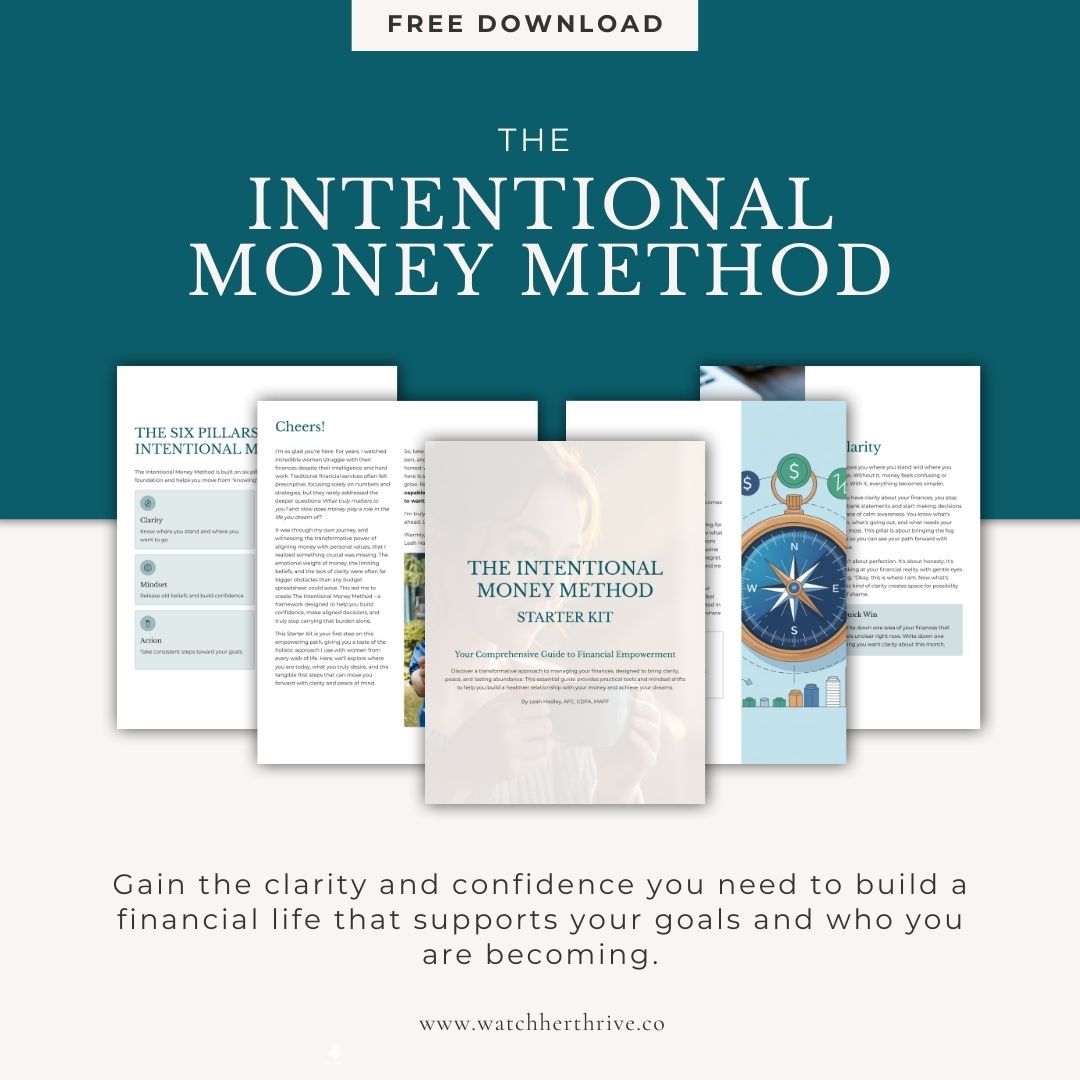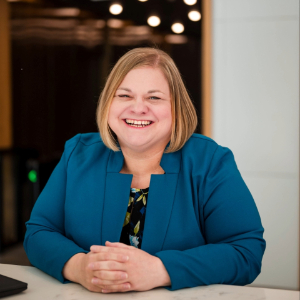Overcoming Recency Bias: Why Saving Still Matters and How Your Inner Circle Can Make All the Difference

When it comes to investing, our minds can play tricks on us. One of the most common culprits is recency bias, the tendency to let the latest events loom larger in our decision-making than they should. When markets are strong, it convinces us that this will continue forever, tempting us to overpay. When markets drop, it tells us the slide will never end, pushing us toward panic-selling and missed opportunities.
It is human nature. We are wired to respond to what is happening right now. But that wiring can hurt us when it comes to our finances. The antidote is not complicated. It is returning to timeless fundamentals that work in good times and bad. One of the most powerful fundamentals is saving.
Why Saving Still Deserves the Spotlight
Investing tends to get all the attention. We hear about record-breaking stock highs, dramatic losses, or the latest hot trend in real estate or crypto. Saving rarely makes headlines. It is not flashy and it is not fast, but it is foundational.
A strong savings habit cushions you from financial shocks, gives you flexibility, and positions you to take advantage of opportunities when they arise. In fact, saving is often the very thing that allows you to invest in the first place. Think of saving as the base of your financial pyramid. Without a stable foundation, everything above it is at risk.
The Simple Math of Security
If you save $250 a month for 10 years in a basic savings account earning minimal interest, you will have $30,000. That is without factoring in the growth you could see if some of that money moves into investments over time. That $30,000 could mean the flexibility to change jobs without fear, the ability to handle an unexpected home repair without debt, or a cushion that lets you sleep better at night. Saving is not just about numbers in an account. It is about the life choices those numbers give you.
Using Biases to Your Advantage
Behavioral economists Richard Thaler and Cass Sunstein, in their book Nudge: The Final Edition, talk about the power of small changes in our environment to influence our behavior without limiting choice. One of the best examples is status quo bias, our tendency to stick with what is already in place. Left unchecked, it can cost us money in the form of unused subscriptions or unnecessary expenses. But if you set up your savings on autopilot, status quo bias works for you instead of against you. You do not have to keep deciding to save. It just happens.
Make Saving Effortless with Set It and Forget It
Here are a few ways to make inertia your financial ally. Say yes to auto-enrollment in a 401(k) if your employer offers it, and take advantage of any automatic contribution increase features. Automate windfall savings by deciding now that every raise, bonus, or tax refund will be split between spending and savings, and set it up so the transfer happens automatically. Create a “new money” rule so that any unexpected income, from inheritance to side hustle sales, has a set percentage saved before you spend it. The less effort saving takes, the more likely you are to stick with it, especially when life gets busy or the market gets noisy.
The Emotional Payoff of Saving
Saving is not just practical. It is emotional. Knowing you have a safety net lowers stress, builds confidence, and helps you approach money decisions from a place of calm rather than fear. During market downturns, when anxiety is high, your savings can act as a stabilizer. You can ride out volatility without making panicked moves that derail your long-term plan. Watching your savings grow over time reinforces the belief that you are capable of reaching your goals, one deposit at a time.
Why Saving is a Lifelong Skill
Your need for saving does not disappear once you hit certain milestones. You might save for a down payment on a house, a child’s education, a dream trip, or retirement income security. The purpose changes over time, but the habit remains the same. That is why it is worth cultivating early and protecting fiercely.
From Good Intentions to Lasting Habits
Knowing you should save and actually doing it are two different things. Our brains love instant gratification. A dinner out today feels more rewarding than an extra $50 in savings. But future you will be glad you chose the latter again and again. This is where having structure, accountability, and a supportive community can make all the difference.

The Empowered Sisterhood: Your Partner in Building Financial Confidence
If you have been reading this and thinking, I know I should save more, I just cannot seem to make it stick, you are not alone. Many women I work with have the same struggle, not because they lack discipline, but because they are juggling so many responsibilities and have no one helping them prioritize themselves financially. That is exactly why I created The Empowered Sisterhood.
Inside this supportive membership, we break down financial concepts into clear, actionable steps. We help you set up systems, like automated saving, that work with your life instead of against it. We share tools, tips, and resources that make saving and investing feel doable and even exciting. We offer encouragement and accountability so you do not fall back into old patterns when life gets stressful.
It is not about perfection. It is about progress, together. Whether you are saving your first $1,000 or fine-tuning a six-figure portfolio, you will find a safe space here to ask questions, share wins, and learn from women who truly understand your journey. Your path to financial independence does not have to be lonely, and it does not have to be overwhelming. With the right tools, the right plan, and the right people, it can be empowering and even fun.
Let us make saving second nature and investing intentional.
Click here to learn more about The Empowered Sisterhood and join us today.



